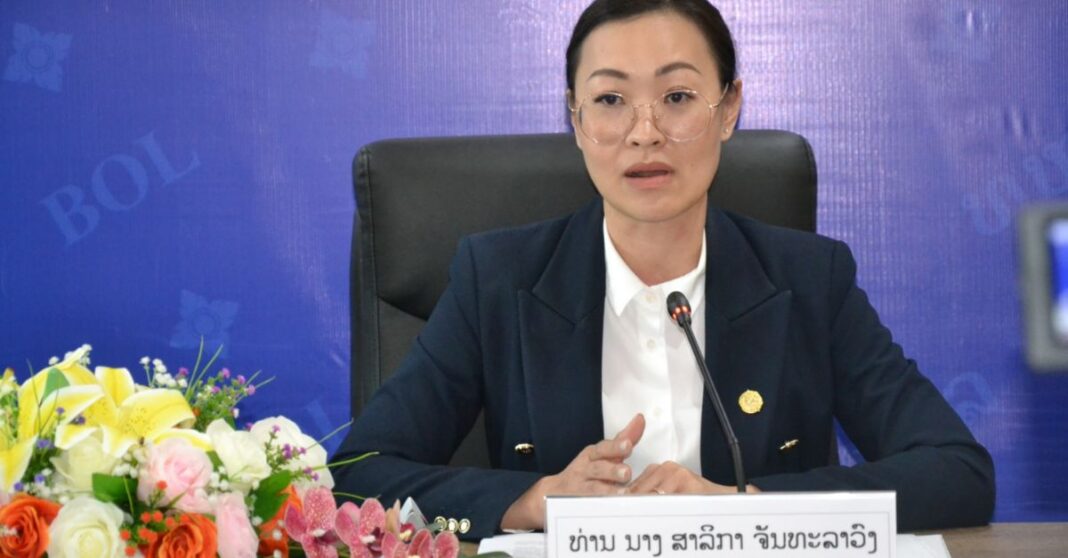The Lao Statistic Bureau (LSB) held a meeting on 7 February at the Bank of the Lao PDR (BOL) to announce its plans to identify and address the cause of rising prices of goods in the country.
The conference was chaired by Ms. Salika Chanthalavong, Deputy Director General of the LSB’s Economics Statistics Department, and Mr. Soulisack Thamnouvong, Director General of the Monetary Policy Department of BOL.
At the conference, the LSB unveiled its plan for cooperation with 18 provinces to better understand products and services in the market that could serve as representative items when studying the cost of living.
Ms. Salkia told the media in a briefing that the average inflation rate for 2022 was 23 percent, which was significantly higher than the average rate of 3.8 percent in 2021.
The transportation sector showed the greatest rate of inflation at 49.9 percent, according to LSB, followed by food and beverages (excluding alcohol) at 47.1 percent, and healthcare and medicine at 42.2 percent.
The majority of the January 2023 inflation rate increase has been attributed to a weak manufacturing base and the importation of around 53 percent of all consumer products.
Skyrocketing global oil prices have also affected the price of consumer goods, as key raw materials had to be imported for production, according to LSB.
Mr. Soulisack Thamnouvong, Director General of the Monetary Policy Department at BOL, informed the media about the central bank’s future vision and plan for 2023. This included ways it hoped to tackle fiscal challenges and unresolved monetary problems, as well as the direction for monetary policy in 2023.
Officials stated that the decreasing value of the Lao Kip versus the US Dollar and the Thai Baht was a significant cause of the rise in local market prices.
Ms. Salika also added during the conference that the LSB will continue to monitor the increase in the price of commodities as it is being submitted to the LSB, to find the causes and factors affecting it.
Since the beginning of 2022, Laos has experienced a continuous increase in its inflation rate, which continued in January when it reached 40.3%.



